I recently had the chance to play through the opening hours of Monster Hunter Wilds and came away reassured. I was feeling reserved about the upcoming RPG after a wobbly beta test with weapons that at times felt a little anemic, even though I had come to enjoy tackling the fight against Rey Dau. While my performance concerns aren’t fully allayed, the preview build I saw left me desperate to keep playing. Even more pleasingly, it showed that Capcom has answers to some of the community’s biggest frustrations coming off its breakout success with Monster Hunter World, from overwhelming tutorials to monster diversity.
There’s already a lot out there about Monster Hunter Wilds – this preview is landing between its two final beta tests, albeit ones on an older build – so I want to focus on the things that we’ve seen less of. I will touch on some of the post-beta changes to the weapons and the overall performance later, but I’ll start with the actual meat of the campaign. I played through the first three to four hours of the new RPG’s story, moving at a casual pace but without much deviation from the critical path. Then I jumped ahead to check out two individual hunts against newcomer Rompopolo in the Oilwell Basin, and the returning Nerscylla in the Iceshard Cliffs.
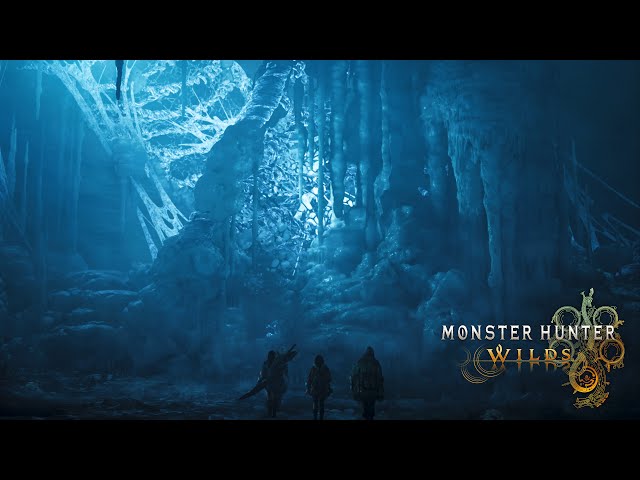
While Monster Hunter World made some big strides in welcoming new players to the series, it’s still a rather overwhelming flood of text boxes and tutorials. That mechanical depth and nuance is the beating heart that makes Monster Hunter special, so you can’t simply strip it away without losing its character. Wilds, however, makes a much better attempt to walk you through its various systems in ways that feel natural and comprehensible.
Each turn of the early hours offers a lesson, and they’re mostly spread out enough that it doesn’t feel like an unmanageable flood of information. Blacksmith Gemma encourages you to improve your gear on several occasions – she’ll even make recommendations if you want them, and hand you some extra ore to make sure you can get into the rhythm of the post-hunt check-in. Region local Y’sai takes you to gather honey and explain its importance in improving your healing items, and then brings you to his encampment where you share in a delicious meal that clearly and prominently emphasizes the value of food buffs.
You may have seen a glimpse of this particular meal (and its gooey cheese naan) if you’ve run the game’s recently released PC benchmark tool. While I’m a little sad that the Palico chefs of tradition have been replaced by your own, admittedly delicious-looking, home cooking on a small BBQ set, these narrative-led food scenes are a joy. They help to really sell the culture of the region and the importance of a hearty meal shared with others – both emotionally and from a game-mechanics perspective.
The decision to give every character an actual name rather than just a title goes a long way. It’s a big part of why Rise’s NPCs felt more like a community than those of World. While I’m not going to wax lyrical about the story, it does feel like a step up for the series – and what I will credit it for is the charm and humor on show. From a trio of panicked Palicos desperately ferrying a slab of meat away from a fiery Quematrice to the forest’s Lynian tribe awakening a Congalala by eagerly tugging out tufts of its fur, Wilds isn’t afraid to embrace its silliness, even if the main story thread plays things fairly straight. It’s a magical formula that has worked for everything from Metal Gear Solid to Like A Dragon, and I appreciate it here too.
The other big upgrade from World is in the sheer variety of monster designs. While the 2018 game was a dramatic, generational upgrade in scope and spectacle, that came with a slightly more restrained range across its roster compared to MH4U and Generations Ultimate. At the time, that wasn’t a problem, but Rise (and its Sunbreak expansion in particular) were a reminder of just how diverse and interesting Capcom’s designs can be, and that’s a trend Monster Hunter Wilds monsters deliver on from the very start.
Within the early hours, I fight everything from from cute toad pal Chatacabra to the nightmarish, mosquito-like Rompopolo (I don’t see exactly where this and Nerscylla are in the progression, but they’re both two-star Low Rank hunts, so expect them fairly early on). Then you have the returning Congalala, a brutish, farting ape that demands you cleanse its stench with deodorant. Uth Duna is a hefty mass that twists ominously and slowly through the air like a whale, and Lala Barina a dancing, spider-like menace with a rosebud backside that sends paralyzing florets floating through the air, mandating measured movements.
Wilds director Yuya Tokuda tells me the team doesn’t come up with monsters from a blank slate, but instead conjures ideas to fit the environment and ecosystem they want it to live in, as well as the intended game design and difficulty curve. After Chatacabra’s direct, pinpoint attacks and Quematrice’s area-of-effect flames, he explains, Lala Barina is a creature that makes much greater use of verticality and can threaten you from any direction, whether through direct attacks or its falling florets.
“It’s teaching you that you can’t ignore the second stick [on your controller],” Tokuda explains [via translator]. “You’re going to have to keep your camera control in mind and make sure you’ve got an eye on the monster for where it’s going to attack, because it could be in any direction. We landed on a spider that way because it felt like a natural fit for that concept, and the skeleton of the monster felt like it achieved the gameplay goals and the ecosystem plausibility goals that we had in mind.”
As for the environments themselves, the likes of the Scarlet Forest and Oilwell Basin are a little closer to World’s interweaving pathways than the more open-ended early desert zone. The shape and geometry of the battle arenas, along with the various natural traps you can use to your advantage, change the dynamic of fights each time you move. I’m always a fan of feeling like you’re going up against a creature on their home turf, so tackling Nerscylla in a web-strewn nest that limits my mobility is a fun challenge without feeling oppressively restrictive.
While my limited time meant I didn’t have a chance to put all the Monster Hunter Wilds weapons to the test, I did notice some welcome changes. The Insect Glaive’s ability to vault repeatedly off monsters and stay in the air, bizarrely absent in the beta, returns; you will still find it on a different attack button than in World, however, so there’s some muscle memory to rewire. A personal favorite of mine, the Lance, puts its guard counter and power guard back to the way they worked in World, which feels much better. The reworked rhythm of the pokes is still a change to adjust to, but I got into the swing of it pretty quickly.
The addition of more hitstop and meatier sound effects since the beta build will go a long way to solving that slightly underwhelming sensation of scoring a big hit in the public tests. With a gap between my preview time and the most recent Monster Hunter Wilds beta (during which I fell back into playing World), I can’t really give a definitive comparison. What I can say is that coming back to the beta felt notably worse to me than when I was playing the preview build. Dipping into World was also a welcome reminder of what a magnificent addition the new expanded item bar is – something you don’t truly value until you go back to a game that doesn’t have it.
I’d also like to talk about how Wilds ran, although it’s a bit of a tough one to call, and the preview build I experienced still wasn’t a final version. We were playing on base PlayStation 5 consoles (not the PS5 Pro), and when flipped into performance mode I was pretty happy with how it ran – certainly moreso than the current beta build. There is a slight graphical hit, but it looked more than good enough for me, although I’ll note that I’m typically not one to stress about pristine resolutions and ray tracing if a game is fun to play. The art direction goes a long way, too, especially with regard to the creatures, armor, and weapons (which, thankfully, all get unique, fun designs in Wilds rather than the repeated, restrained ore-and-bone offerings of World).
I’m not without reservations. I still miss the comfort of a full-scale home encampment, although perhaps that’s something the later game will address. The art style and weapon designs are fantastic, but the slightly more ‘realistic,’ muted color palette is something I’d personally swap out for Rise’s brighter, bolder hues. Even as my rig posts 64fps benchmark results, I’m quietly praying the final release will run better yet. Nevertheless, as my Charge Blade brings Nerscylla crashing to the ground and my preview time ends, all I want is to go on another hunt.
Monster Hunter Wilds launches Friday February 28. Expect to pay $69.99 / £59.99 for the base edition, $89.99 / £74.99 for the deluxe edition, or $109.99 / £89.99 for the premium deluxe edition. Head here to start preparing for the next mission.
Can’t wait for the Monster Hunter Wilds release date to arrive? Never fear, as we’ve picked out the best games like Monster Hunter to keep you busy in the meantime.
What’s your weapon of choice, and who do you want to fight most? Tell us on Discord. You can also follow us on Google News for daily PC games news, reviews, and guides.
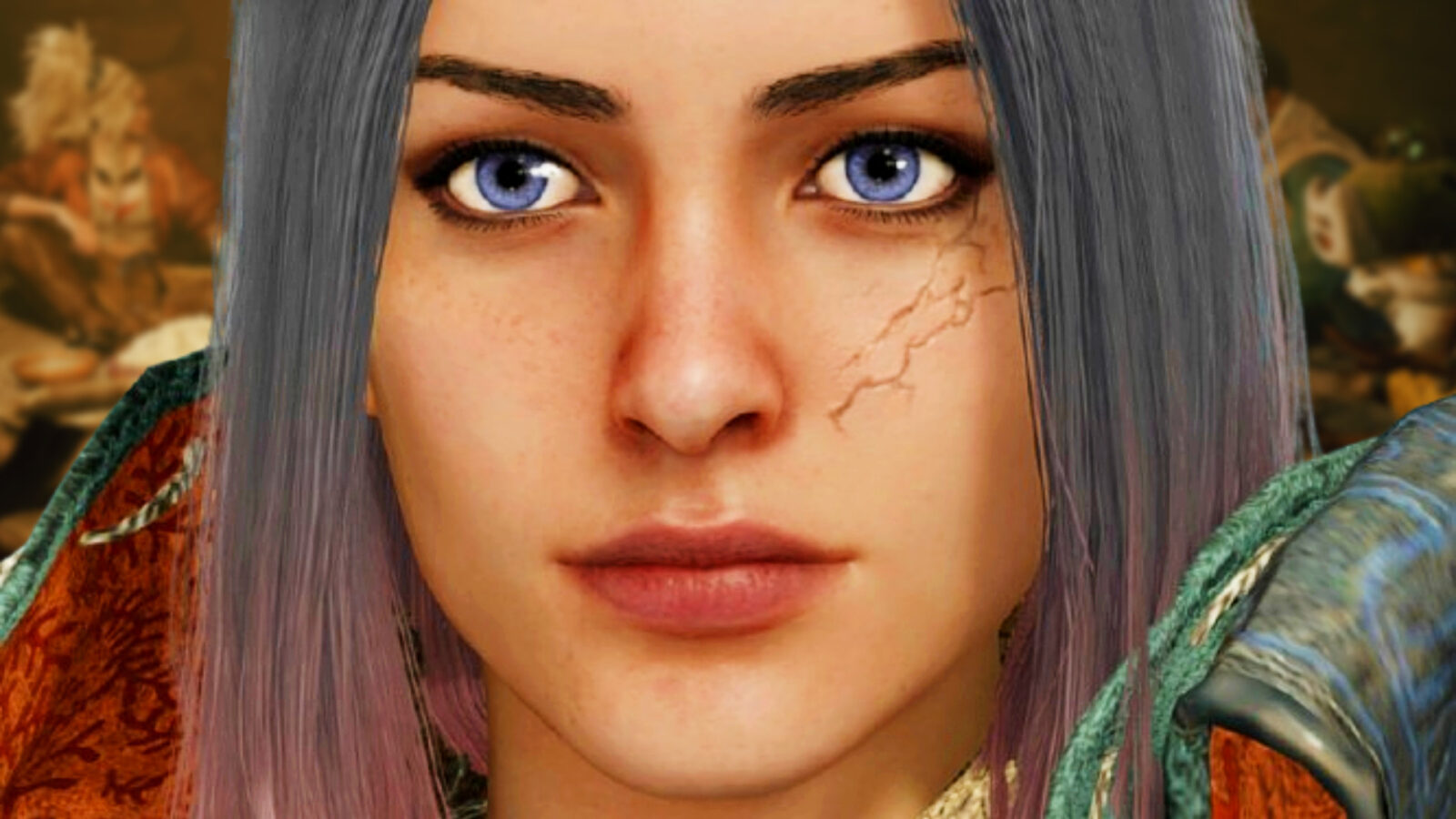
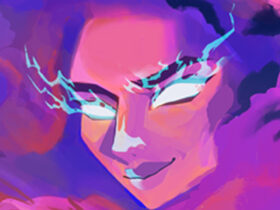
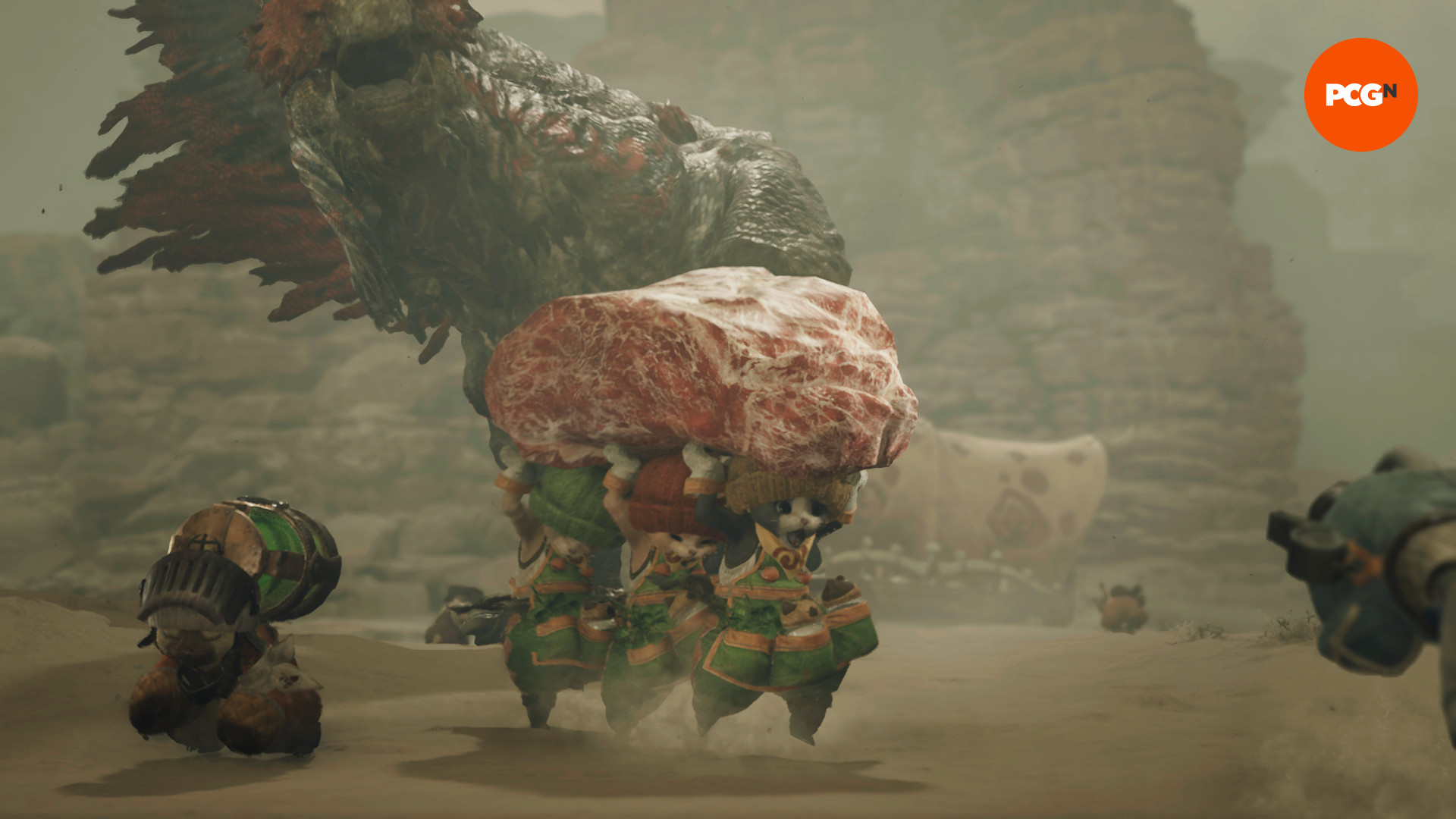
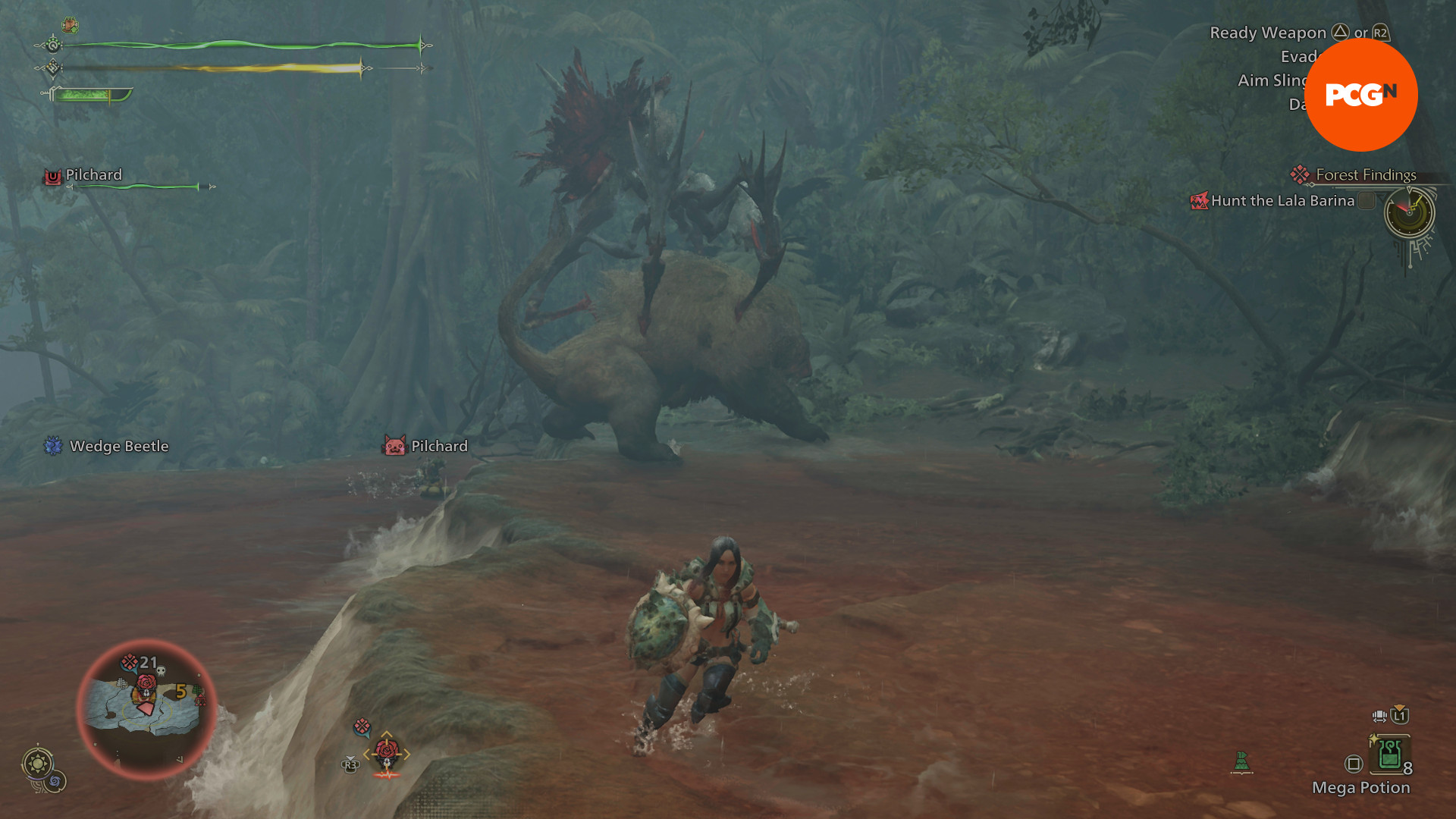
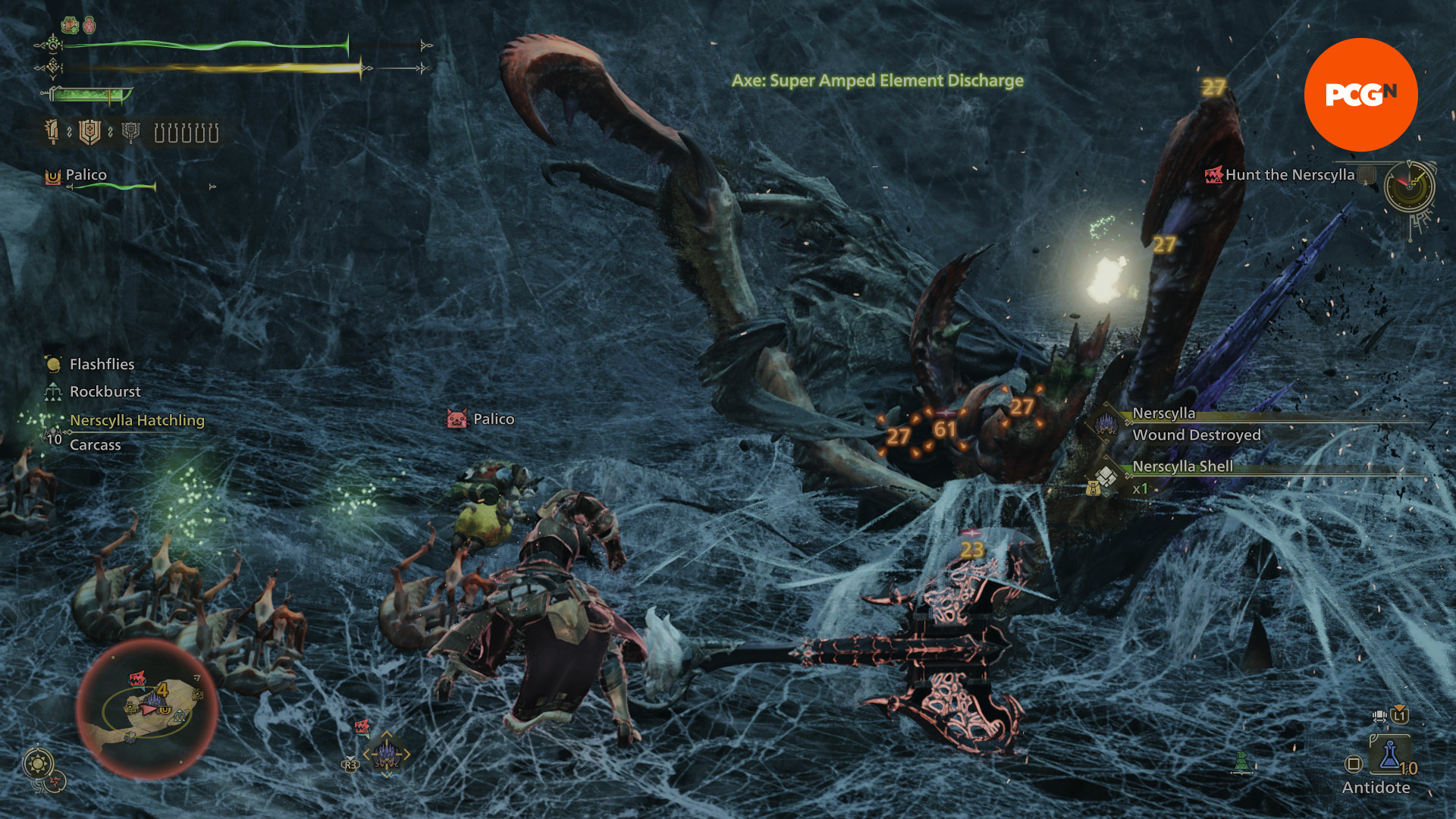
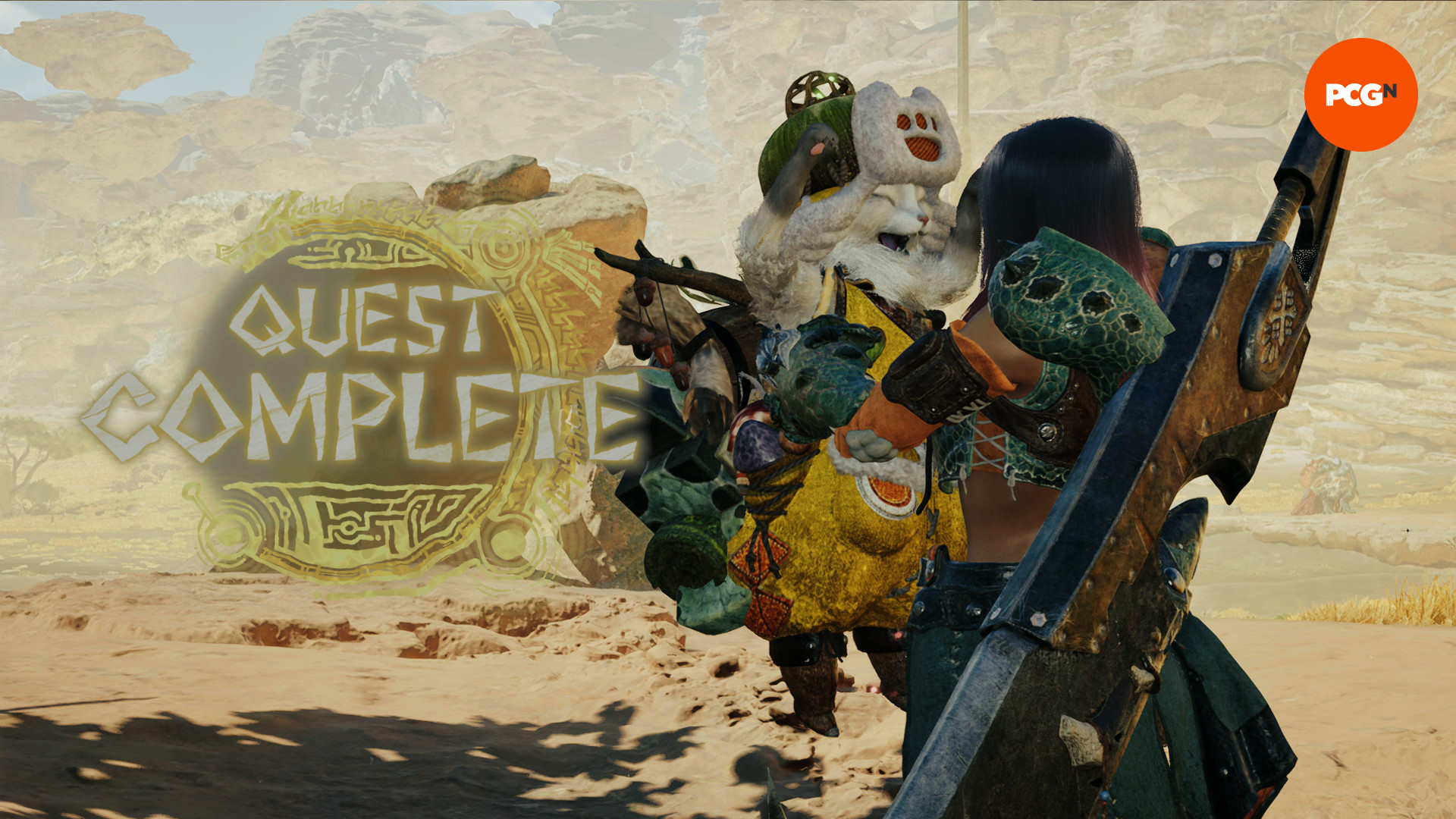
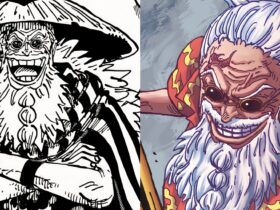
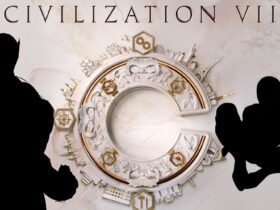

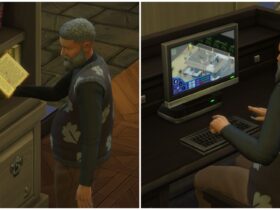
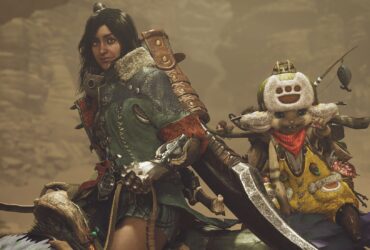
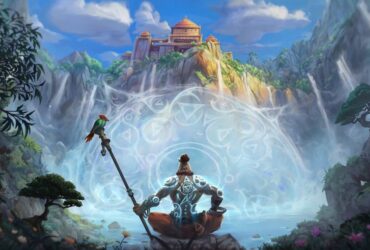
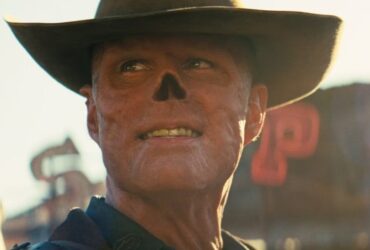


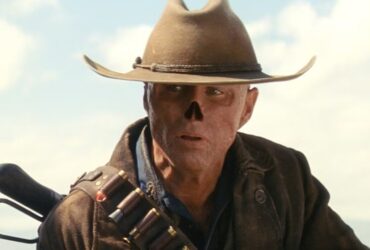
Leave a Reply